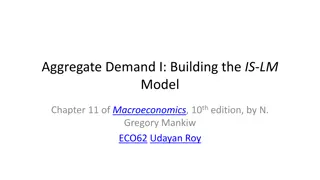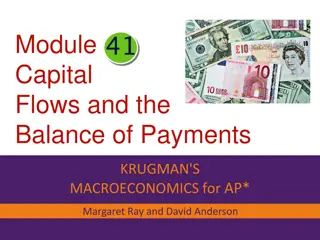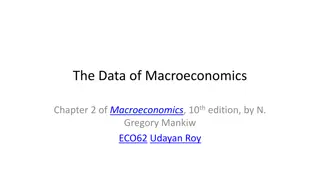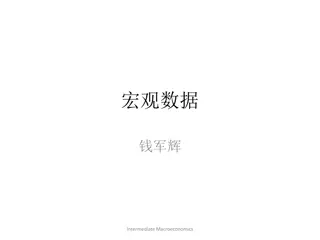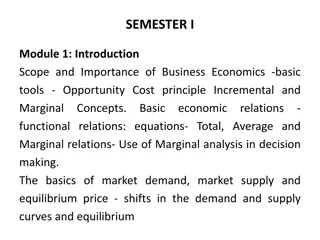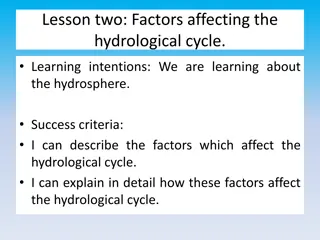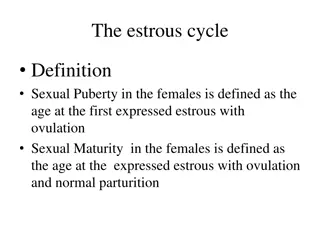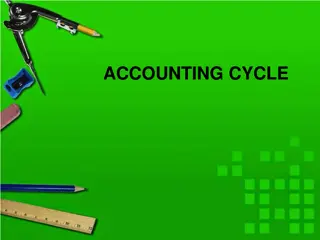Understanding the Business Cycle in Macroeconomics
The business cycle refers to the fluctuations in an economy, with phases like peak, expansionary, trough, and contractionary. During expansionary phases, output increases, unemployment decreases, and inflation may rise. Conversely, contractionary phases see output decline, unemployment rise, and reduced inflationary pressures. A recession, lasting at least 6 months, is a severe contraction. Troughs represent the lowest point, with depressions indicating exceptionally low output and high unemployment. Understanding these phases is crucial in analyzing economic trends.
Download Presentation

Please find below an Image/Link to download the presentation.
The content on the website is provided AS IS for your information and personal use only. It may not be sold, licensed, or shared on other websites without obtaining consent from the author. Download presentation by click this link. If you encounter any issues during the download, it is possible that the publisher has removed the file from their server.
E N D
Presentation Transcript
The Business Cycle - Introduction to Macroeconomic Indicators
Business Cycle Expansionary Peak Contractionary Trough Recovery Recession The Business Cycle - Introduction to Macroeconomic Indicators
Peak Long-run trend of RGDP Real GDP Peak Contractionary (Recession) Expansionary (Recovery) Trough Periods of Time The Business Cycle - Introduction to Macroeconomic Indicators
The business cycle refers to the ups and downs in an economy. In the short run, the economy alternates between the upturns and the downturns as measured by the three macroeconomic indicators. Peak is the highest point of the RGDP of the business cycle. Expansionary is the part of the cycle that is increasing. Real output is increasing, and the unemployment rate is declining. Inflation may begin to accelerate. The early part of the phase from the trough is called the recovery phase. The Business Cycle - Introduction to Macroeconomic Indicators
Contractionary is the part of the business cycle that is decreasing. Real output is decreasing, and the unemployment rate is rising. Inflationary pressures may subside. The later stage of a contractionary phase is also called a recession. A recession lasts at least 6 months or 2 quarters of the cycle. Trough is the lowest point of RGDP in the business cycle. If a trough is particularly deep, it may be called a depression. A depression is an economic situation where output falls to especially low levels, and unemployment climbs to very high levels. The Business Cycle - Introduction to Macroeconomic Indicators
The Business Cycle - Introduction to Macroeconomic Indicators


